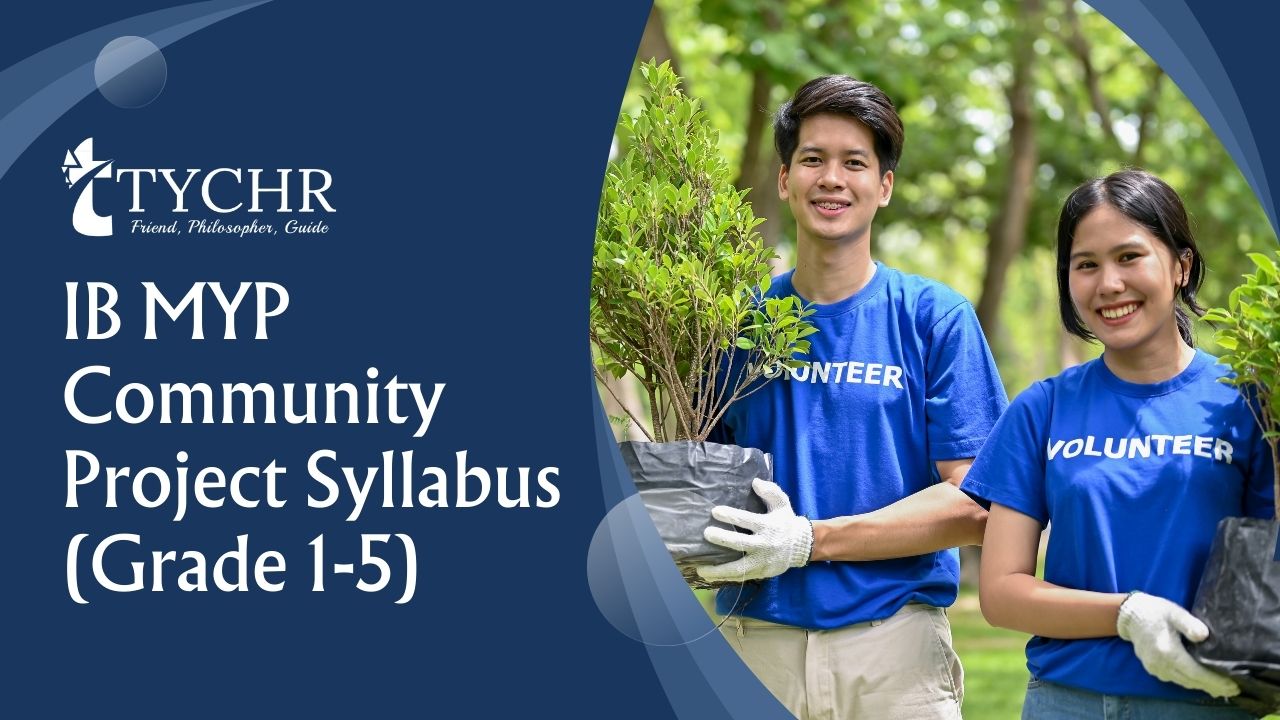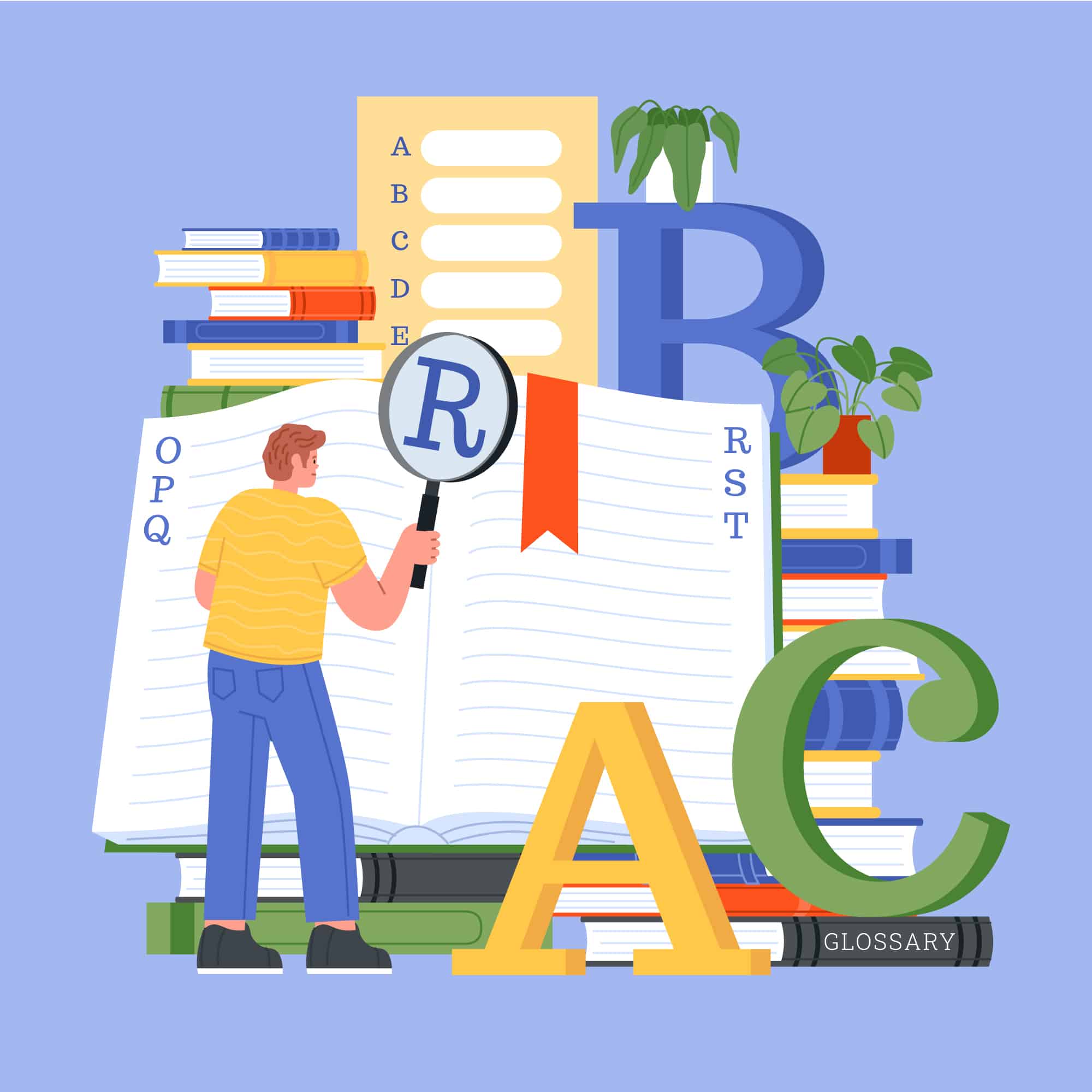Table of Contents [hide]
- 1 The MYP community project and the MYP personal project are referred to as MYP projects in this program.
- 2 MYP Community project
- 3 Assessment Criteria:
- 4 Criterion A: Investigating
- 5 Criterion B: Planning
- 6 Criterion C: Taking action
- 7 Criterion D: Reflecting
- 8 Requirements
- 9 Important time frames
- 10 Language of MYP projects
- 11 Academic Honesty
- 12 Stages of the MYP community project
- 13 Global Contexts to choose from
- 14 ATL skills through the MYP community project
- 15 Process journal
- 16 Goal
- 17 Global context
- 18 Presenting the MYP community project
- 19 Assessment criteria
The MYP community project and the MYP personal project are referred to as MYP projects in this program.
Through a cycle of inquiry, action, and reflection, MYP projects provide students with the opportunity to participate in hands-on learning experiences. MYP projects support the development of autonomous, lifelong learners, assist students acquire the qualities of the IB learner profile, and give them a crucial chance to exhibit the approaches to learning (ATL) abilities they have acquired through the MYP.
MYP Community project
The community project encourages students to investigate their rights and obligations in order to put service as an action in the community. It focuses on community and service. Through the community project, students can become aware of the problems in different areas and use service learning to address those issues.
The community project consolidates learning through a long-term, in-depth investigation that ends with community service. Students can work in groups of no more than three or individually to accomplish the community project.
Assessment Criteria:
The objectives of MYP projects encompass the factual, conceptual, procedural and metacognitive dimensions of knowledge. Listed below are the objectives of the community project specifically.
Criterion A: Investigating
Students should be able to:
- Define a goal based on personal interests to solve a need in the community.
- Determine the prior knowledge and subject-specific expertise that are pertinent to the project.
- Demonstrating research abilities.
Criterion B: Planning
Students should be able to:
- Create a plan of action to address the community’s needs.
- Plan and document the project’s development process.
- Exhibiting self-management skills.
Criterion C: Taking action
Students should be able to:
- Serve as an example of what you’ve learned from the project.
- Show that you can think.
- Showcasing your social and communication abilities.
Criterion D: Reflecting
Students should be able to:
- Assess the level of service in relation to the proposal.
- Consider how finishing the project has increased their awareness and comprehension of service learning.
- Consider how their ATL skills have evolved.
Students will have the chance to show how they have tackled each of the objectives at the community project presentation.
Also Read: Comprehensive IGCSE Math Syllabus Core
Requirements
- The community project is a requirement for all final-year students.
- It is expected of students to work on their own projects for approximately fifteen hours.
- While subjects may assist in completing the project, it is not included in the curriculum for any subject group.
Important time frames
It is anticipated that students would work on their MYP personal project for about fifteen hours.
During this period, they are required to:
- Have meetings with supervisors.
- Learn independently through research, planning, development, and project completion.
- Report on the project.
A well-framed practical datesheet must be prepared with deadlines along with the different elements of the project. This will ensure time-management and ensure the completion of the project smoothly on time.
Language of MYP projects
Typically, the MYP personal project will be created and delivered in the instruction language of the school.
However, when the following requirements can be satisfied, students should be given the chance to submit their personal project in their preferred language, which may or may not be their first and best language or the school’s language of instruction,
- The school creates a useful procedure for internal assessment and standardization.
- The standards used in the assessment of such projects are the same as those applied to all personal projects in the school.
Academic Honesty
For MYP projects, students and their supervisors are required to utilize the IB-provided MYP projects academic honesty form to declare the academic honesty of their work, note meeting dates and the major topics discussed.
There are only three meeting dates that must be entered;
They are typically the first, middle, and last meetings of the project. Upon submitting the final report or presentation, both the student and the supervisor must sign the final declaration.
Stages of the MYP community project
- During an investigation, a list of the interests, abilities, and capabilities of the students is compiled and utilized to evaluate potential opportunities. For this analysis, data on the identified need must be gathered through action research using a variety of methods, such as media, expert interviews, surveys of various demographics, and firsthand observation and personal experiences.
- Planning involves outlining roles, duties, actions to be taken, resources needed, and deadlines. It also involves acquiring any skills necessary to properly carry out the plan.
- Action entails carrying out the strategy. Students can collaborate with others, in groups, with partners, or alone.
- Reflection happens intermittently and at the end to assess understanding, aid plan revision, and internalize the experience through describing events, expressing emotions, generating ideas, and asking questions.
- The last stage, “demonstration,” is the presentation in the MYP community project. Here, students engage in metacognition, explicitly stating what and how they learned, what they achieved, and embracing the entire experience. They are encouraged to incorporate technology.
Serving as an agent of change through service learning is what the MYP community project calls “action.”
Service can be carried in different forms like,
- Direct service: Students engage in human, environmental, or animal interaction. Take one-on-one instruction, for example.
- Indirect service: When you are affecting someone or something, you might not be able to see them. For instance, growing fish to replenish a stream.
- Advocacy: Student advocacy is speaking out for a cause or issue in order to encourage action on a matter of public interest. Making a video about sustainable water solutions, for instance.
- Research: Students gather data from a variety of sources, analyze it, and write a report on a significant issue to affect practice or policy. assisting, for instance, in the investigation of animal migration patterns.
Global Contexts to choose from
- Identities and relationships
- Orientation in space and time
- Personal and cultural expression
- Scientific and technical innovation
- Globalisation and sustainability
- Fairness and development
ATL skills through the MYP community project
MYP projects are capstone exercises where students showcase their mastery of ATL abilities in a genuinely unique manner.
ATL abilities offer a strong basis for learning both individually and collaboratively, exhibiting learning, transferring knowledge and critically analyzing the learning process. They ultimately equip students for responsible participation in local and global contexts by assisting them in becoming more independent, strategic, and self-motivated.
They must use communication, organization, and reflection as ATL abilities to communicate in a clear, correct, and acceptable manner. Throughout the process, students have the chance to acquire affective skills such as self-motivation, perseverance, emotional regulation, mindfulness, and resilience. This skill set supports mental health management and a sound, balanced approach to the tasks.
Process journal
Documenting the process
The process journal is a record of a student’s progress throughout the community project. It can be written, visual, audio, or a combination, in paper or electronic formats. Students are advised to make digital copies or store them online. They can draw from various documentation techniques and develop their own format, ensuring evidence of addressing objectives A to D for achievement at the highest levels.
The evidence must be,
- Used throughout the community project to document its development.
- Records initial thoughts, developments, brainstorming, inquiries.
- Documents interactions with sources: teachers, supervisors, external contributors.
- Records annotated research, maintains bibliography.
- Stores useful information: quotations, pictures, ideas, photographs.
- Explores ideas and solutions.
- Evaluates completed work.
- Reflects on learning.
- Student-devised format to suit their needs.
- Records reflections and formative feedback received.
The evidence must not be,
- Utilized daily unless deemed unnecessary by the student.
- Written up upon completion of the process.
- Integral to and supportive of the community project.
- Functions as a detailed diary of activities.
- Not restricted to a single format; adaptable to student needs.
Selecting process journal extracts
Individual students are required to select a maximum of 10 extracts, while groups may submit up to 15, showcasing development across all criteria. These extracts serve as appendices to the presentation and must be made available to the supervisor by the responsible student. Each extract should clearly demonstrate how objectives have been addressed, either directly or through annotations. Extracts may encompass various forms of documentation, providing a comprehensive view of the project’s evolution.
An extract may include:
- Diagrams
- Lists
- Paragraphs
- Notes
- Timelines
- Action plans
- Annotated illustrations
- Annotated research
- Pictures
- Sketches
- Screenshots of blogs or websites
- Feedback
When necessary, additional materials that are directly related to the project’s success should be included in the extracts.
Resources for investigation and planning
- During the MYP community project, students are required to choose accurate and pertinent material from a variety of sources.
- Selecting a range of sources and types of sources is necessary to get high performance levels.
- Previous knowledge, primary and secondary sources, media, internet resources, recordings, photographs, surveys, and subject content are examples of resources.
- Only prior knowledge will not suffice for the depth and scope of the project.
- Throughout the project, research and source evaluation are conducted and documented with annotations in the process journal.
- Throughout the project, information from sources directs record-keeping and decision-making.
- Students make connections between their existing and new information, solving problems in novel circumstances.
Resources for demonstrating learning
- In the MYP community project, students get to the point where they have to get ready to present their work.
- They must consider the subjects they have studied, shaped by subject-specific education, and the ways in which this transfer of information has affected the project.
- Students consider what they have learned about the project objectives, the global setting, and their own learning development, especially the improvement of their ATL skills.
- Students record their choices in process notebooks as they go along.
- Process journals are a useful tool for producing the presentation for the community project.
| Community project component | Assessment |
| Service as action | Evident in presentation |
| Process journal | Extracts in appendix |
| Presentation | Content of report assessed using assessment criteria |
The table above showcases the three components of the MYP community project and how they are assessed.
Students have the option of working in groups of up to three or alone on the MYP community project.
But, when students collaborate, they create their service learning as a group, address the project’s objectives, and make their final group presentation.
Students need to define a goal that would address an issue in the community, identify its global context and develop a proposal for action.
Goal
An MYP community project’s objective usually entails solving a practical problem or need in the local or international society. A requirement or obligation, a state or circumstance in which something is needed or desired, or the absence of something necessary, desirable, or helpful can all be considered needs.
The community could be worldwide, virtual, national, or local.
The MYP key concept of community is defined as follows.
Communities are groups that exist in proximity defined by space, time or relationship. Communities include, for example, groups of people sharing particular characteristics, beliefs or values as well as groups of interdependent organisms living together in a specific habitat.
MYP: From principles into practice (May 2014)
Examples of goals include:
- Raising awareness
- Active participation in social issues and activities
- Research
- Creation and innovation
- Behavioural development
- Advocacy
- Developing skills
- Collaboration to implement sustainability
Global context
Students select a single global context for the MYP community project, which gives them a narrowly defined framework for inquiry and investigation. Focusing on one global context enables the formation of particular opportunities and a defined direction for the project, even when other settings may offer additional insights. It is recommended for students to acknowledge and make use of their past experiences and knowledge from both subject-specific studies and prior learning to guide their approach. Students can ensure a well-rounded and informed project end by identifying gaps in their knowledge and determining the information and skills needed for additional research and investigation by acknowledging their present expertise.
Look at some Global contexts in community projects:
| Goal | Need | Community | Global context |
| Raising awareness | Environmental conservation | Local residents being affected | Globalization and sustainability |
| Creation and innovation | Medical advances | Support group for cancer patients | Scientific and technical innovation |
Examples of community projects under few global contexts are:
- Identities and relationships
- Tutoring classes for primary school students.
- Orientation in space and time
- Joining a museum and contributing to its maintenance.
- Personal and cultural expression
- Performing a play to raise awareness for social issues like bullying.
- Scientific and technical innovation
- Encourage the use of environment friendly low-cost energy sources.
- Globalisation and sustainability
- Creating a school garden.
- Fairness and development
- Supporting local non-government education institutes.
Also Read: Comprehensive IGCSE Physics Syllabus
Presenting the MYP community project
At the end of the MYP community project, participants will give an oral presentation to a variety of audiences, such as classmates, instructors, families, and community members. Group presentations last 10–14 minutes, while individual presentations are 6–10 minutes long.
All presentations follow structured approaches that complement the goals of MYP community projects.
At the time of presentation, students are expected to submit the following materials to their community project supervisor:
- Academic honesty form for each student
- Proposal for action
- Process journal extracts
- Visual aids used during presentation
- Bibliography and sources
Each member must provide process journal extracts for group contributions in order to give a thorough picture of the project’s progress. Assuring equitable representation among group members can be achieved by distributing selections equally. Individuals may submit up to 10 process journal excerpts, while groups may submit up to 15.
It’s crucial to remember that question-and-answer sessions and formal interviews intended to enhance evaluation or modify achievement levels established by the presentation itself should not be included in presentation formats.
Assessment criteria
Four equally weighted assessment criteria serve as the basis for the criterion-related assessment for the MYP personal project:
| Criterion | Objective | Maximum weightage |
| A | Investigating | 8 |
| B | Planning | 8 |
| C | Taking action | 8 |
| D | Reflecting | 8 |







